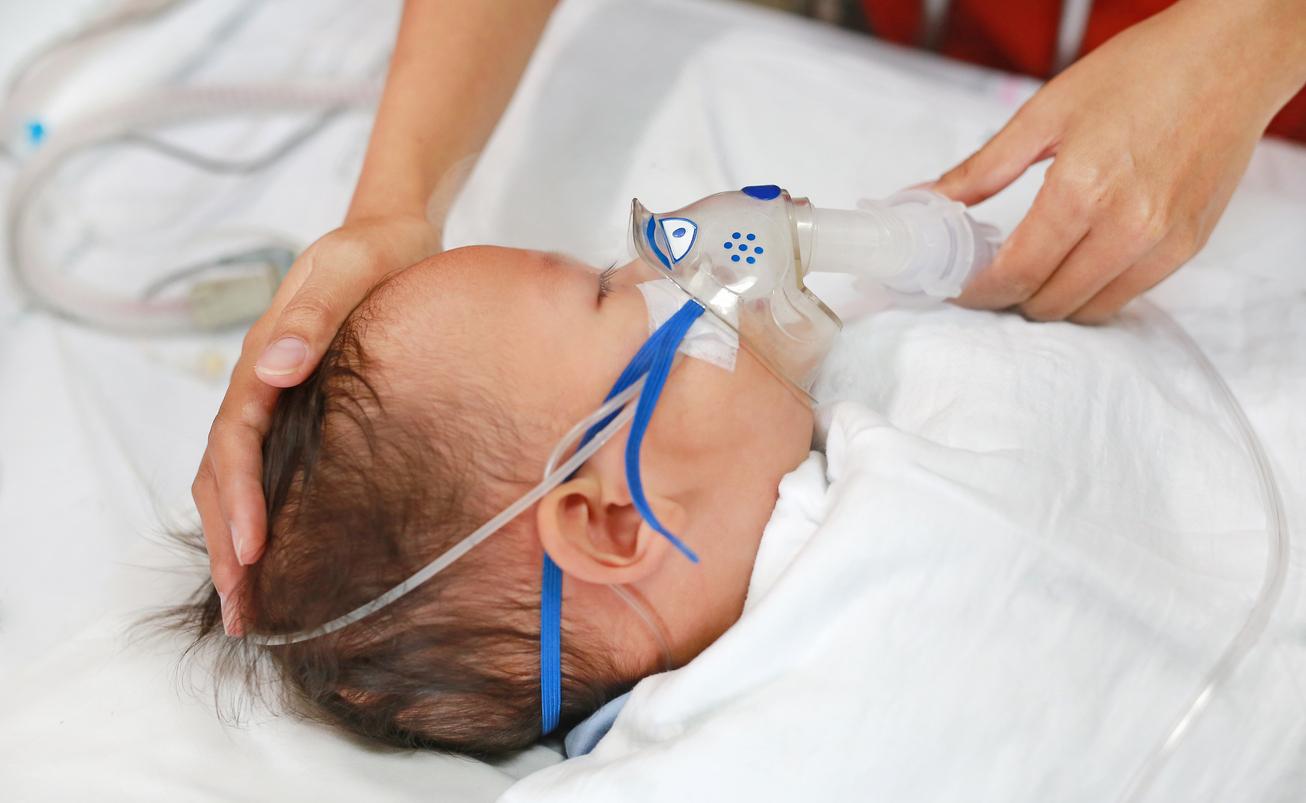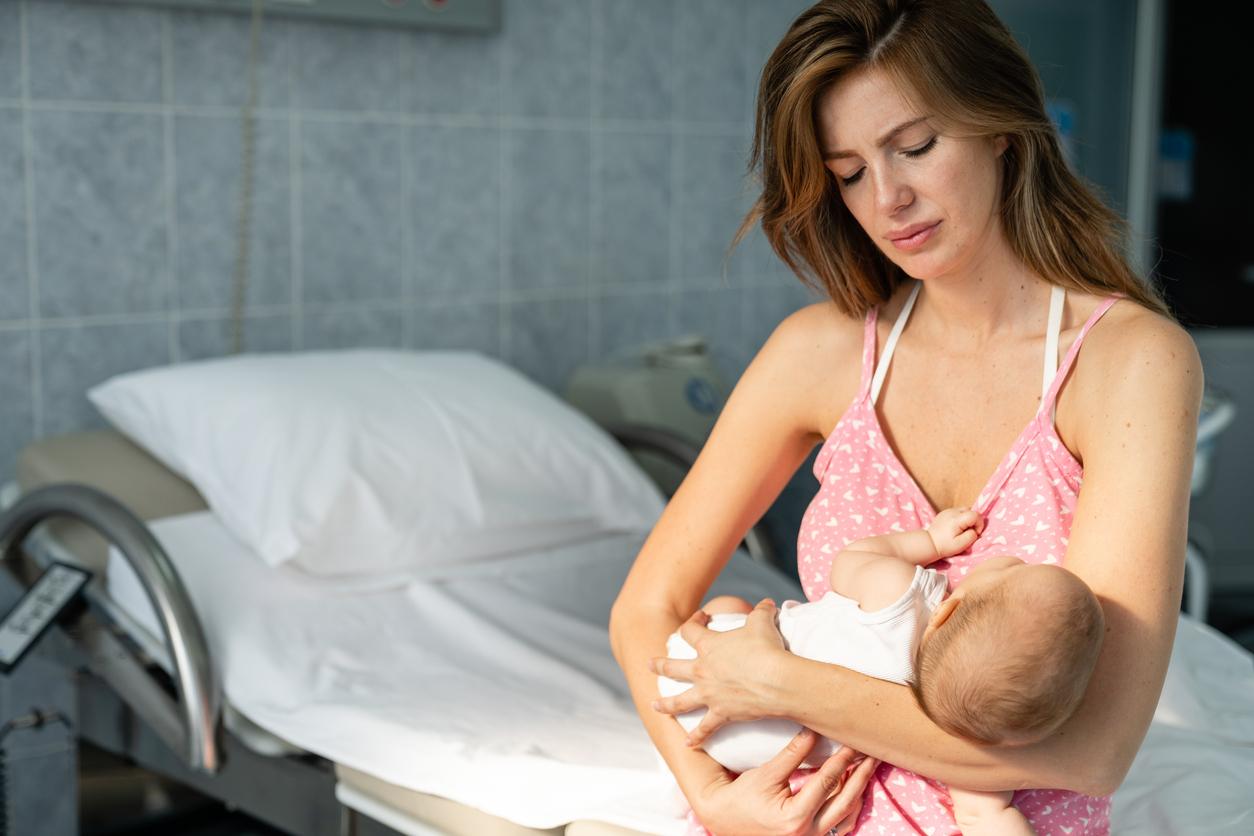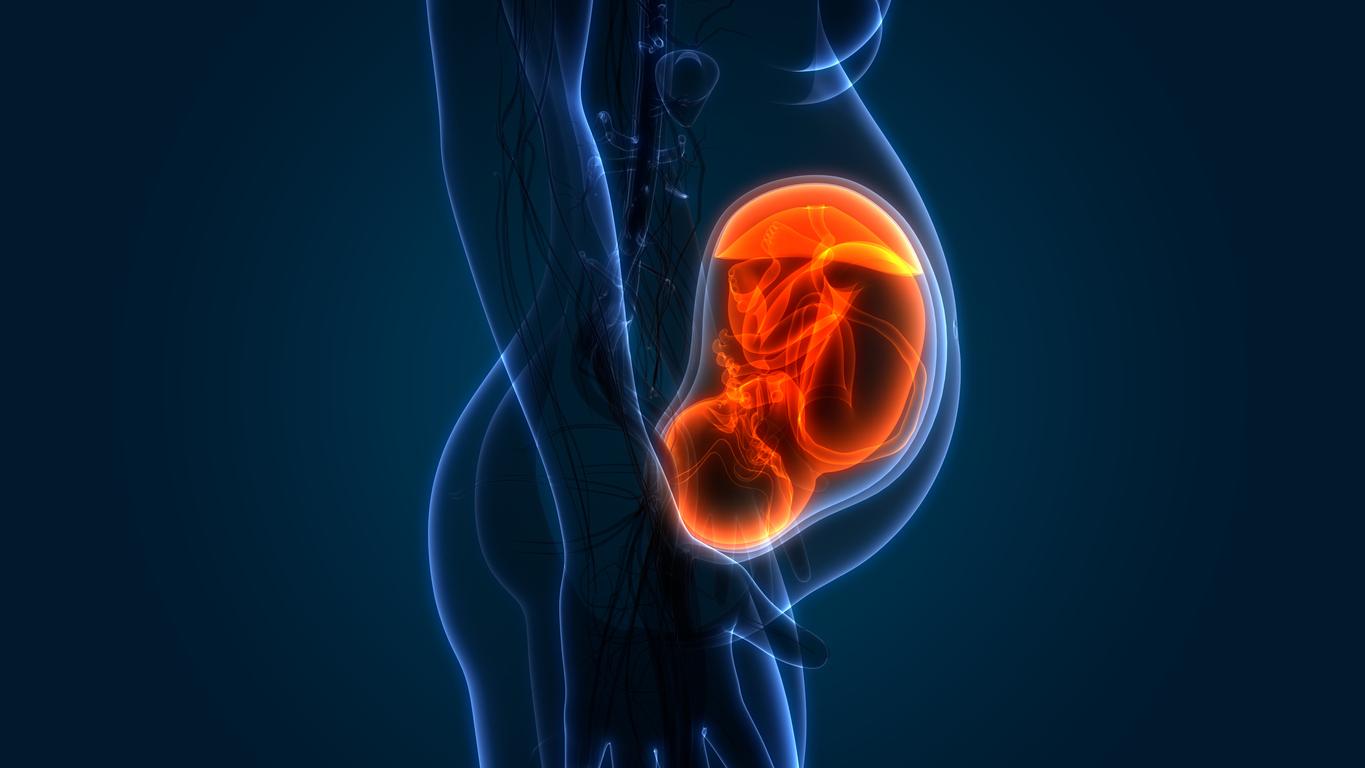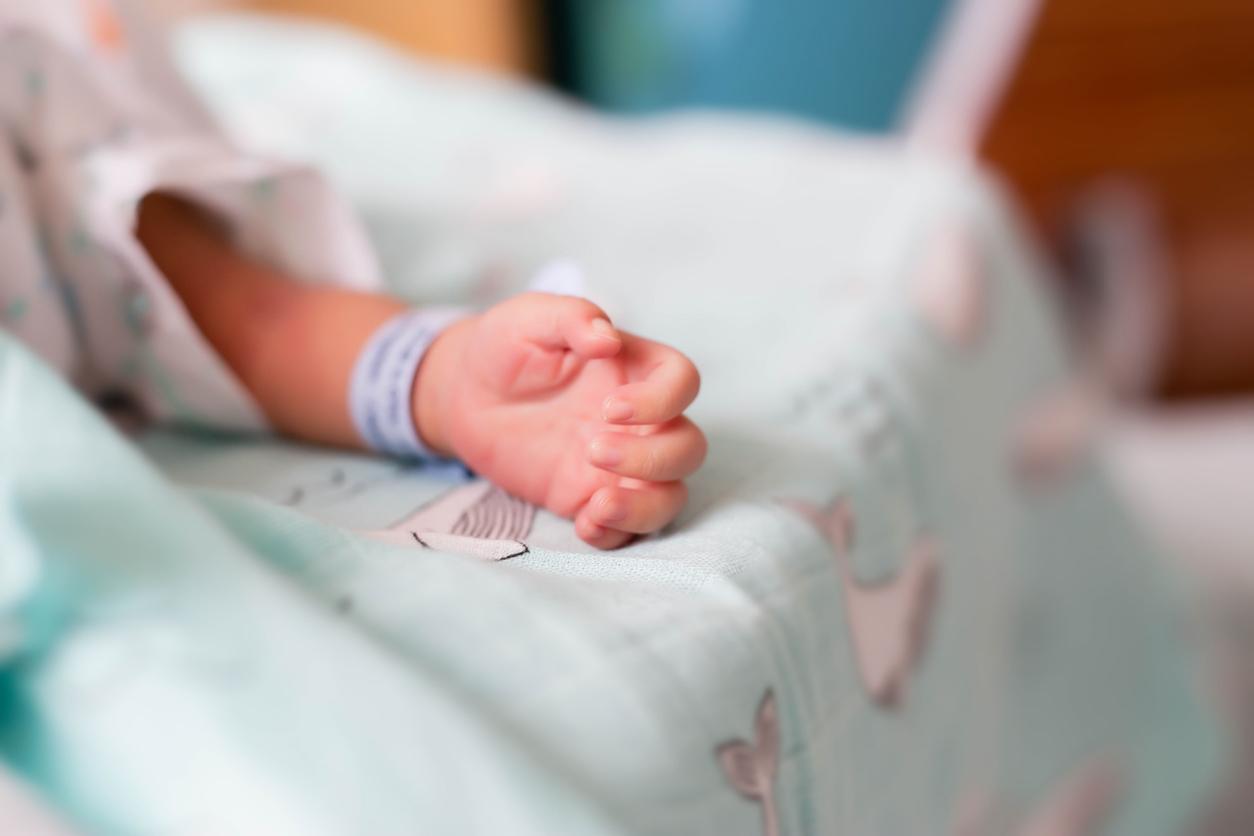The first detailed images of newborns’ lungs during their first breath provide insight into a baby’s first breath and why healthy infants cry at birth. They also provide clues to improve the situation of premature babies.
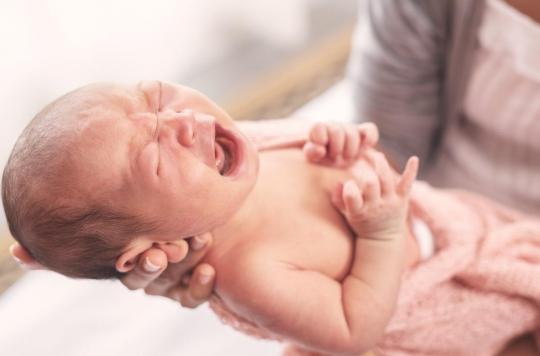
- It is estimated that around 10% of babies, and almost all premature infants, need resuscitation because their lungs are not filling properly with air at birth.
- Crying is a process that rapidly airs the lungs, which is why 80% of all breaths immediately after birth are accompanied by crying.
- By exhaling after a cry, babies move gas from well-ventilated regions to areas of the lungs that are still filled with fluid and prevent collapse.
The first moments of life outside the mother’s womb are very intense and essential moments for the health of a newborn. It is estimated that around 10% of babies, and almost all premature infants, need resuscitation because their lungs are not filling properly with air at birth. “Despite this figure, birth is one of the most misunderstood respiratory events in medicine due to the difficulties of imaging a newborn’s lungs.”, says David Tingay, professor at the Murdoch Children’s Research Institute (MCRI).
State-of-the-art technology
With a team of scientists, the Australian researcher managed to obtain the first detailed images of the lungs of newborns during their first breath. A discovery that helps to solve many mysteries about the first moments of life. The results were presented on February 3 in theAmerican Journal of Respiratory and Critical Care Medicine.
To obtain these images, the researchers used cutting-edge technology: electrical impedance tomography (EIT). A small silk belt is placed around the infant’s chest to take highly detailed images deep in the lungs and without interfering with parental contact or clinical care. This process allowed the team to generate high-resolution images of how air moves through the lungs with each breath.
“Respiratory problems are the most common reason we need to treat babies in intensive caresays David Tingay. This new technology not only allows us to see deep into the lungs, it is also the only method we have to continuously image the lungs without using radiation or interrupting life-saving care. This study showed babies’ lungs are far more complicated than traditional monitoring methods had previously suggested.”
Exhalation, a crucial step
Researchers have better understood how the lungs fill with air during the first moments after birth. “Healthy full-term babies use remarkably complex methods of adapting to breathing at birthwrites the first author of the article. There’s a reason parents, midwives and obstetricians are happy to hear those first life-affirming cries when a baby is born. Crying is a process that quickly airs the lungs, which is why 80% of all breaths immediately after birth are accompanied by crying..”
These images also made it possible to discover that exhalation is of crucial importance during the first cries. “Right after birth, the lung is always at risk of collapsing and the air spaces can fill with fluid when a baby exhales. details David Tingay. Babies are remarkably intelligent, by exhaling after a cry they move gas from the airy regions to areas of the lungs that are still filled with fluid and prevent collapse. Babies will keep doing this until their lungs are safely filled with air, then they can start breathing normally..”
The researchers hope that these discoveries will allow better care of children at birth. “Improving interventions in the delivery room first requires understanding the processes that define the success and failure of breathing at birthconcluded the researcher. This study has significantly reduced this knowledge gap. We hope that being able to image these unique breathing patterns in the delivery room will tell clinicians when a baby needs resuscitation and will also indicate how effective that resuscitation is..”
.









